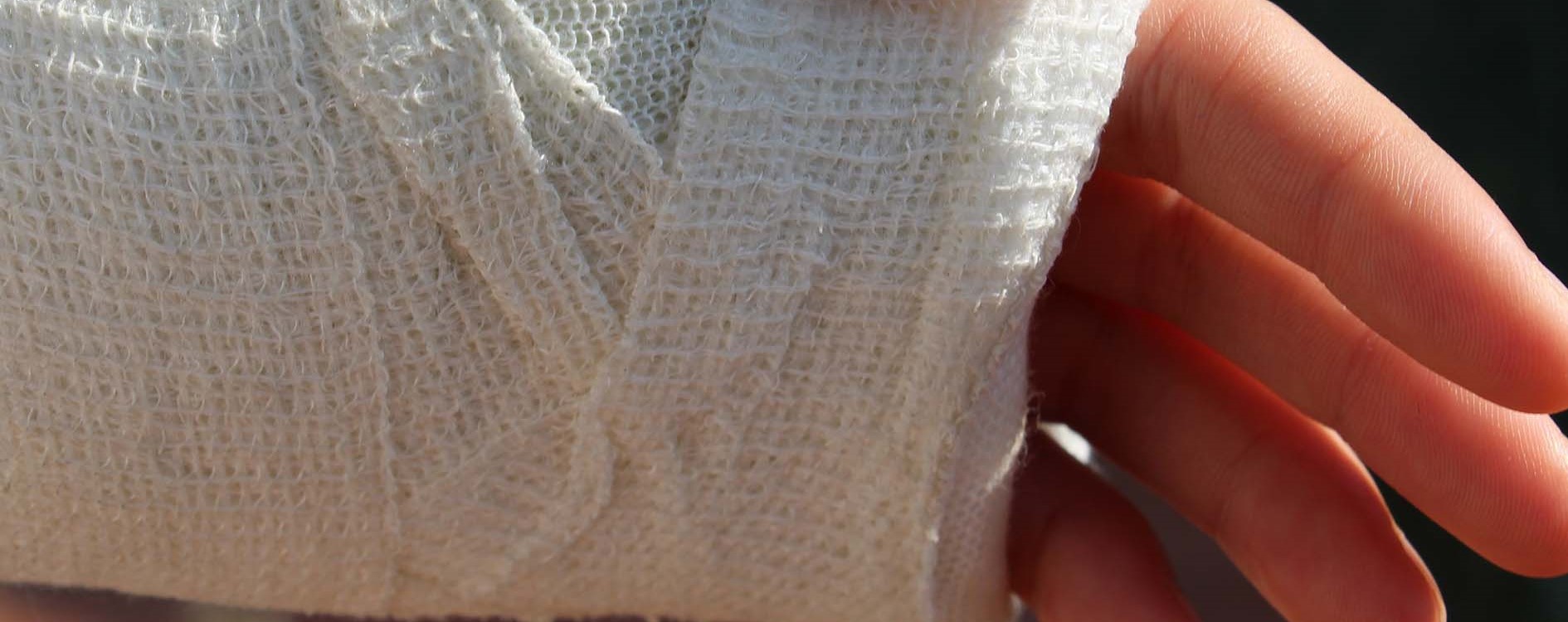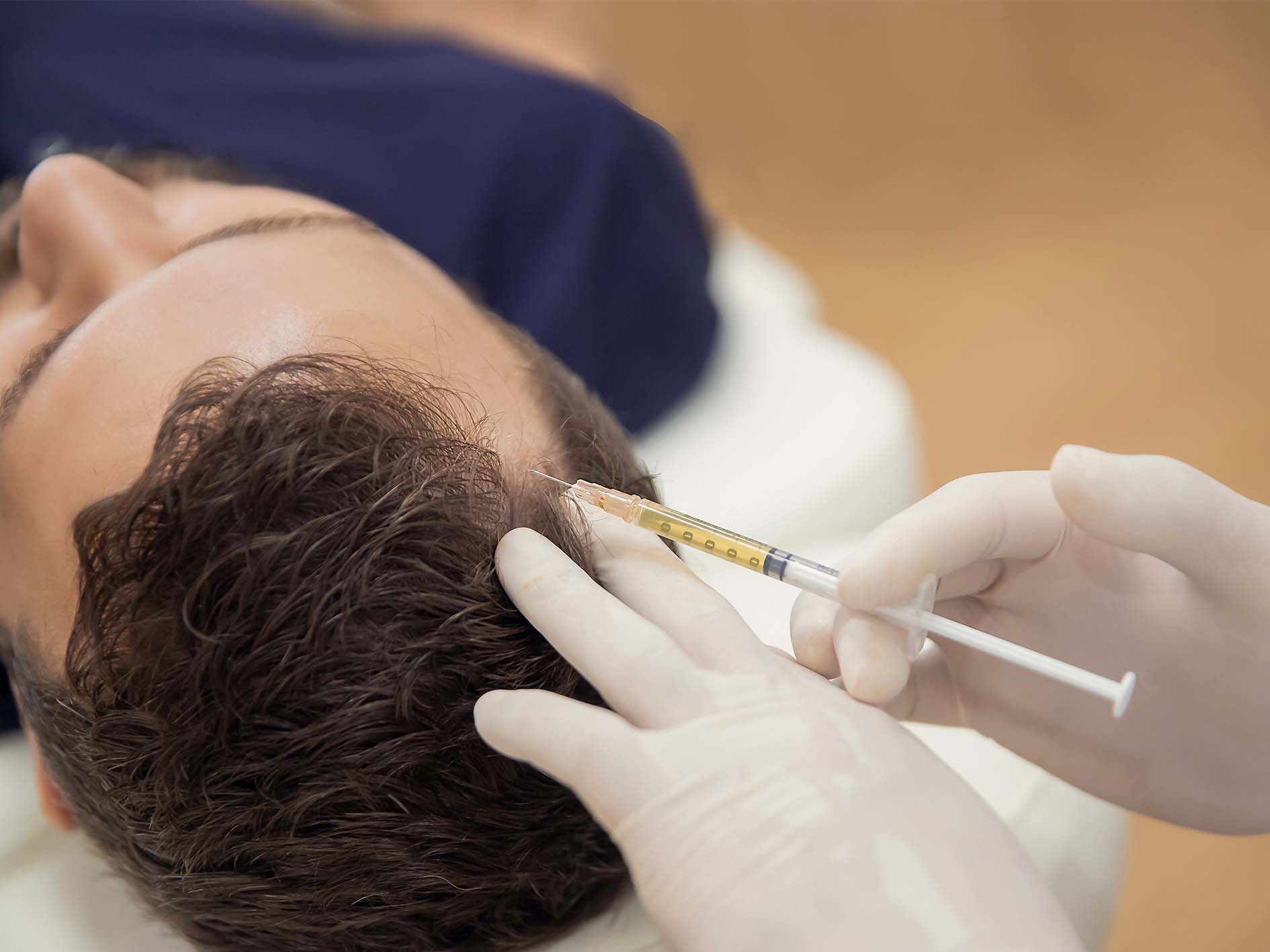Hand surgery- a specialised surgical care:
The absolute emergencies are vascular injuries sufficient to endanger survival of parts.In all other situations, there is sufficient time to get appropriate consultation or assistance, arrange the proper operating facilities for treatment, or even transfer the patient to another facility.
First Aid for Hand Injuries:
Control of bleeding should be by elevation of the hand as high above the heart as possible, direct pressure, or packing of the wound. When there are unstable and distorted parts, they should be rearranged and splinted with elevation.
Movement is discouraged, as it can increase bleeding and pull severed tendons out of their sheaths .Application of an improvised tourniquet (one without known pressure and distributions) is hazardous and contraindicated.
.
Care of Amputated Parts:
Amputated parts should be collected, wrapped in a thin layer of clean cloth, such as a handkerchief, and placed in a plastic bag. The plastic bag should be securely tied to make it waterproof, then placed in a container filled with water and ice but with the opening of the bag above the water .
Amputated parts must not be packed in ice, or they will freeze, which precludes survival.
Priorities for Reconstruction :
Over the past decades, improved methods of bone fixation and the development of microvascular techniques have enabled surgeons to combine multiple types of tissue repair and reconstruction into a single operation in the very early stages after injury. There are still many patients in whom staged hand reconstruction will be required for a variety of reasons.In general the priorities of reconstruction are as follows: (1) bone and joint stabilization, (2) soft tissue coverage, (3) nerve, and (4) tendon.
The final stage in reconstruction is generally aimed at restoration of active motion of joints by appropriate tendon transfers, grafts, or tenolysis.








